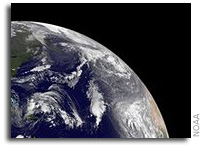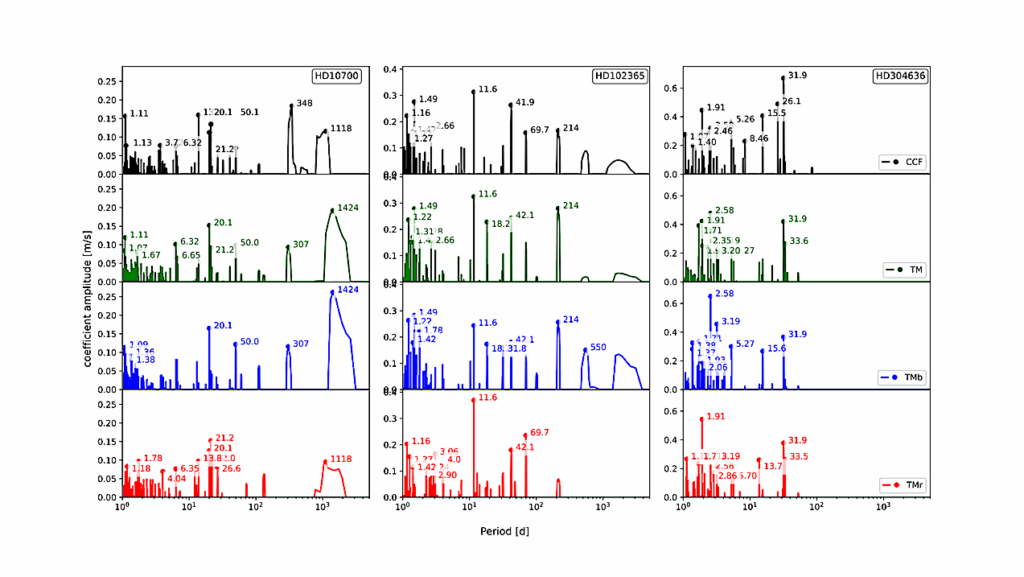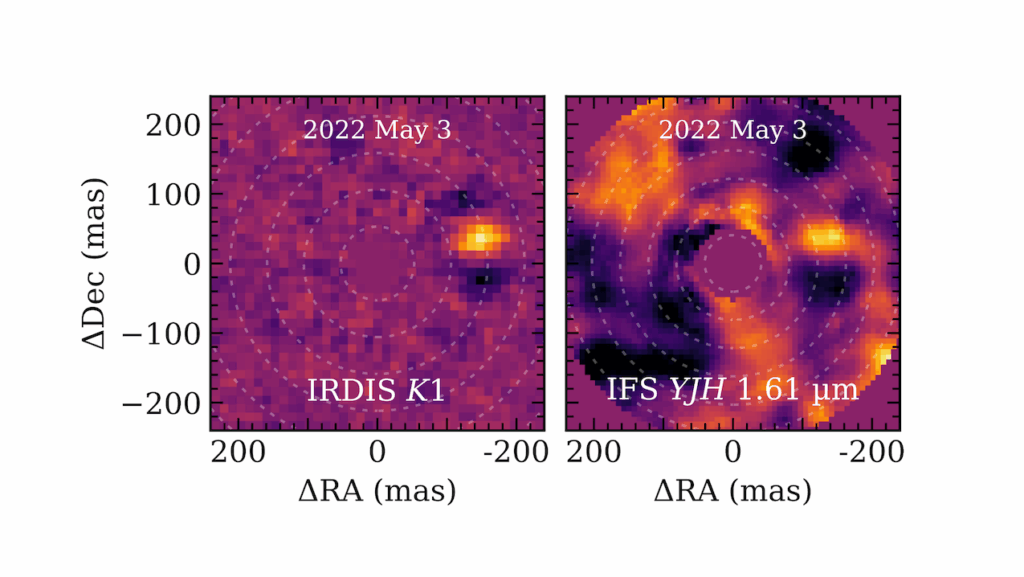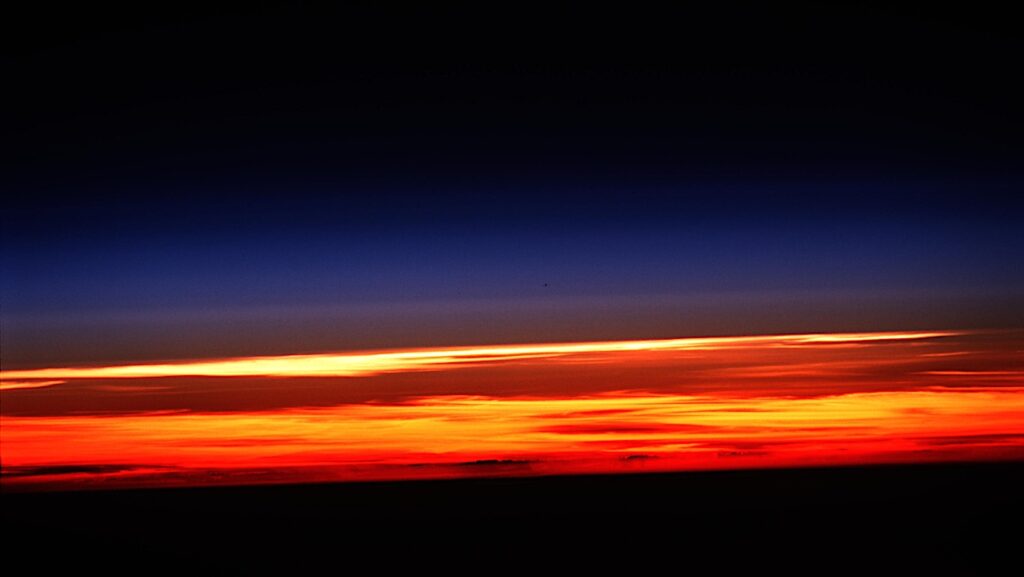Habitability of Water Worlds

There are four different stable climate states for pure water atmospheres, as might exist on so-called “waterworlds”.
I map these as a function of solar constant for planets ranging in size from Mars size to 10 Earth-mass. The states are: globally ice covered (Ts< 245K), cold and damp (270 < Ts< 290K), hot and moist (350< Ts< 550K) and very hot and dry (Ts< 900K). No stable climate exists for 290< Ts < 350K or 550 < Ts < 900K. The union of hot moist and cold damp climates describe the liquid water habitable zone, the width and location of which depends on planet mass. At each solar constant, two or three different climate states are stable. This is a consequence of strong non-linearities in both thermal emission and the net absorption of sunlight. Across the range of planet sizes, I account for the atmospheres expanding to high altitudes as they warm. The emitting and absorbing surfaces (optical depth of unity) move to high altitude, making their area larger than the planet surface, so more thermal radiation is emitted and more sunlight absorbed (the former dominates). The atmospheres of small planets expand more due to weaker gravity: the effective runaway greenhouse threshold is about 35Wm-2 higher for Mars, 10Wm-2 higher for Earth or Venus but only a few Wm-2 higher for a 10 Earth-mass planet. There is an underlying (expansion neglected) trend of increasing runaway greenhouse threshold with planetary size (40Wm-2 higher for a 10 Earth-mass planet than for Mars). Summing these opposing trends means that Venus-size (or slightly smaller) planets are most susceptible to a runaway greenhouse. The habitable zone for pure water atmospheres is very narrow, with an insolation range of 0.07 times the solar constant. A wider habitable zone requires background gas and greenhouse gas; N2 and CO2 on Earth, which are biologically controlled. Thus, habitability depends on inhabitance. Habitability of waterworlds: runaway greenhouses, atmospheric expansion and multiple climate states of pure water atmospheres
Colin Goldblatt (Submitted on 16 Mar 2015)
Comments: Accepted for publication in Astrobiology
Subjects: Earth and Planetary Astrophysics (astro-ph.EP); Atmospheric and Oceanic Physics (physics.ao-ph)
Cite as: arXiv:1503.04835 [astro-ph.EP] (or arXiv:1503.04835v1 [astro-ph.EP] for this version)
Submission history From: Colin Goldblatt [v1] Mon, 16 Mar 2015 20:26:48 GMT (259kb,D) http://arxiv.org/abs/1503.04835








